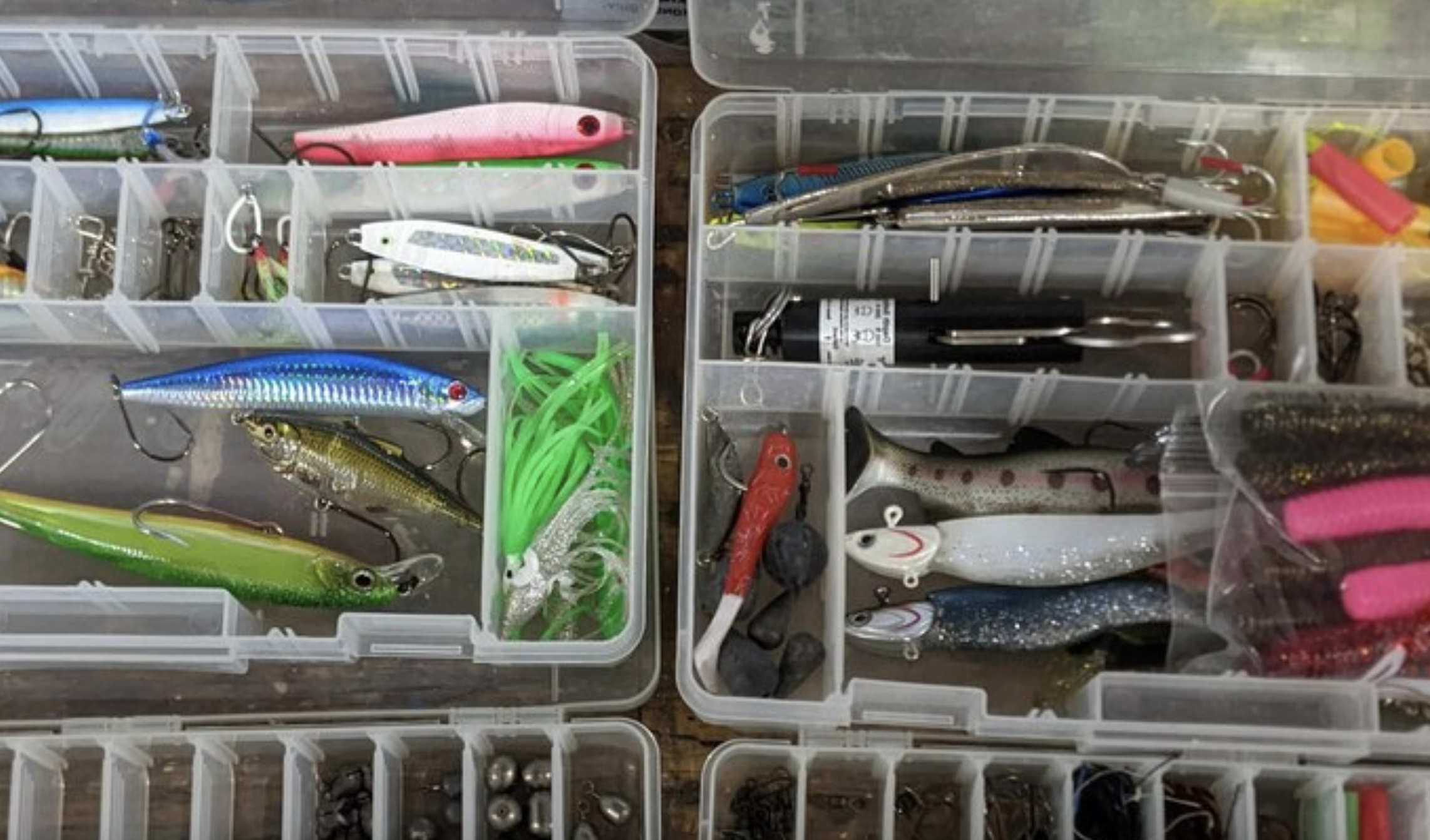Tired of wasting time untangling messy fishing gear? An organized tackle box saves time and frustration on the water. This guide will explore methods to keep your tackle box neat and efficient, covering sorting tackle, storing terminal tackle, organizing baits, managing tools, and maintaining the box.
- Organize your tackle box for easy access, prevent gear damage, and enjoy a more efficient fishing experience.
- Choose the right tackle box for your needs and fishing style.
- Maintain a clean, rust-free tackle box to ensure your gear stays in top condition.
Choosing the Right Tackle Box
The first step to organization is selecting the right tackle box. There are various options to suit different preferences:
- Traditional Tackle Box: A classic choice with multiple compartments for various tackle. Ideal for those who like everything neatly separated.
- Tackle Bag: Versatile for transporting gear to different spots. Features multiple pockets for tackle boxes, soft baits, and other essentials.
- Tackle Backpack: Ideal for hands-free transport for remote locations. Offers padded compartments for tackle trays and additional pockets for tools.
- Tackle Tray: A minimalist option for individual tackle items like hooks and sinkers. Can be stored in a larger tackle box or bag.
Consider factors like the amount of gear you carry, fishing style, and ease of transportation. The right tackle box lays the foundation for an organized fishing experience.
Sorting and Categorizing Tackle
Grouping similar items together is key for quick access. Here’s how to effectively sort and categorize your tackle:
- Separate by Type: Divide tackle into categories like hooks, sinkers, swivels, and baits. This allows for easy identification and retrieval.
- Utilize Tackle Trays: Invest in tackle trays with adjustable dividers to create custom compartments for different tackle sizes and quantities.
- Labeling: Label compartments with waterproof labels or a permanent marker for easy identification, especially in low-light conditions.
- Prioritize Accessibility: Arrange tackle based on frequency of use. Frequently used items should be within easy reach.
- Seasonal Needs: If you fish in different seasons or target various species, consider organizing by season or species.

By implementing these strategies, you can transform your tackle box into a well-organized system, saving time and preserving the condition of your gear.
Storing Terminal Tackle
Terminal tackle, like hooks, sinkers, and leader material, requires careful organization to prevent tangles. Here are some methods for storing terminal tackle:
- Utilize Small Containers: Invest in small, transparent containers or resealable bags to store individual types of terminal tackle for easy identification.
- Magnetic Compartments: Consider tackle boxes with magnetic compartments for hooks to prevent entanglement.
- Divide by Size and Type: Divide hooks and sinkers by size and type using tackle trays with adjustable dividers.
- Wrap Leader Material: Use small spools or line holders, or wrap leader material around specialized foam or plastic holders to prevent kinks and tangles.
- Label Containers: Label containers or compartments for quick identification, especially for similar-looking items.
- Separate Soft and Hard Tackle: Separate soft terminal tackle (leader material and soft baits) from hard terminal tackle (hooks and sinkers) to prevent damage to soft baits and ensure easy access to hooks and sinkers.
By following these methods, you can ensure your soft plastic baits remain in top condition and are readily accessible, streamlining your fishing experience and prolonging the effectiveness of your baits.
Images/Source: Storables





